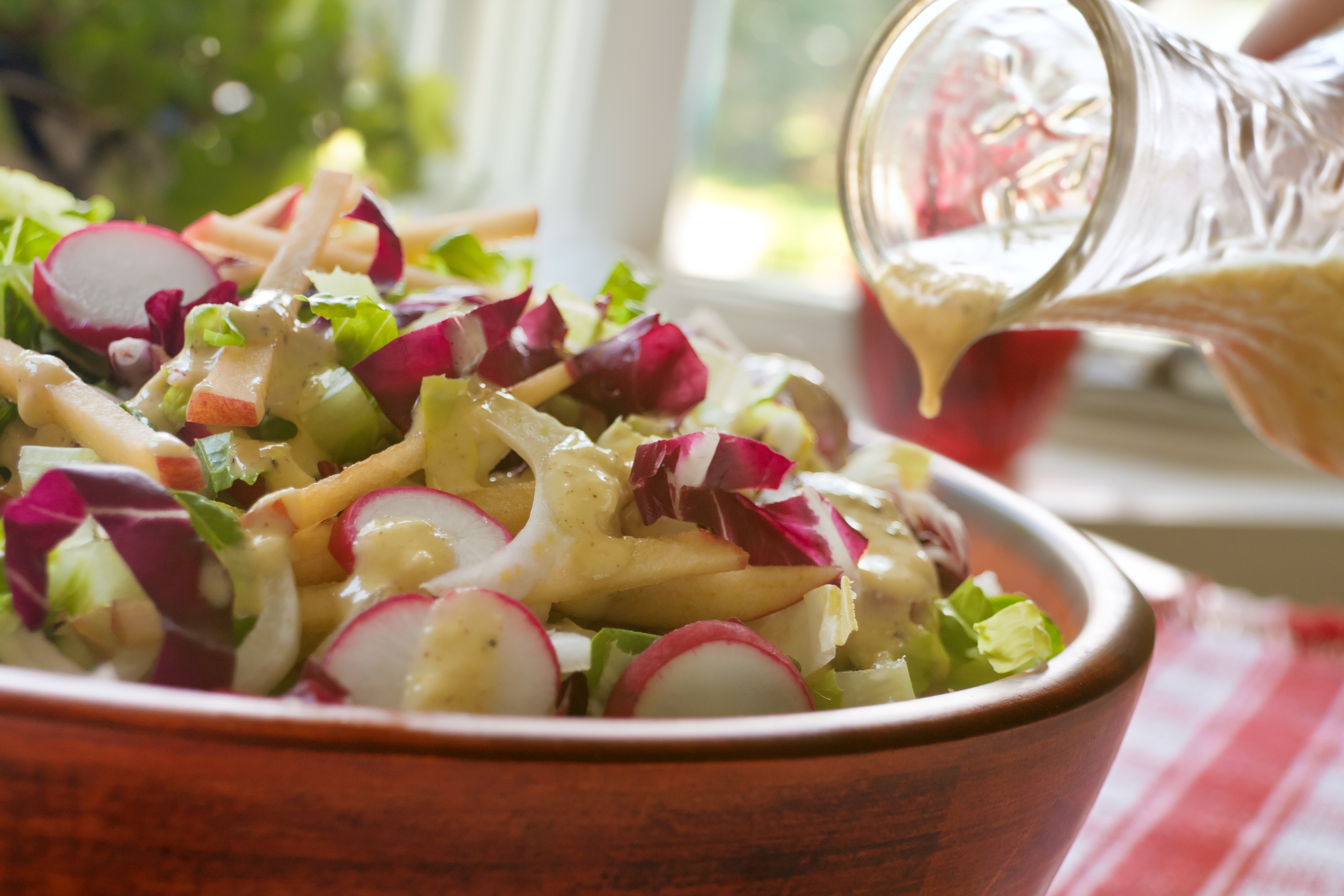The phrase “clean eating” or “clean food” is being used more and more in the food and fitness arenas. The food industry also utilizes the “clean” concept in relation to food labels, but what exactly does “clean” mean in relation to food? Let’s take a look at this increasingly common (yet often confusing) term…

Clean food labels
Many attribute the “clean” moniker to the food industry. After the low-fat push of the early 1980s, consumers slowly began coming back around to the idea that their food should be simple and contain ingredients that were easy to pronounce and recognizable. “Clean” labels were a direct response to consumer demands. A consumer survey by the International Food Information Council found that “chemicals in my food” was named as the top food safety issue (36% of respondents) in 2014—allergens and foodborne illness from bacteria were much further down on the concern list.
Ingredients that signal manufactured food, such as high fructose corn syrup, artificial sweeteners, hydrogenated fats and sodium ingredients are tip-offs that the food is more processed. Minimal processing or at least the appearance of less “industrial” food is what consumers are looking for. Clean labeling has now expanded to include the absence of GMOs, the absence of growth hormones, and sustainability, local eating and eco-friendly packaging and ingredients. The interest in clean foods continues to grow, and yet, there is no regulatory definition of what “clean” really is.
Clean eating
Beyond labeling, there is a “clean eating” movement. Just as there is no real definition of a clean food label, there is no single definition of what clean eating is. Clean Eating magazine says that clean eating is not a diet, but a lifestyle approach to food and its preparation. Choosing organic whenever possible, avoiding processed and refined foods, drinking at least 2 liters of water per day, avoiding common food additives (they provide a list) and shopping with a conscience are some of the tenets of clean eating, according to the magazine.
Diane Welland, a clean eating expert and author, explains that clean eating focuses on choosing whole foods, avoiding highly processed foods (including white flour and white sugar), and avoiding cooking methods such as frying. Clean eating does not guarantee of weight loss, as it focuses on quality and not quantity. If you want to lose weight, you must also pay attention to portion size and food balance.
Advice for cleaning up your act
- If you’re interested in adopting a cleaner eating lifestyle, realize that you don’t have to do everything at once. Focus on those facets that mean the most to you. For some people, eating local is most important, for others it might be eliminating added sugars, and others might focus on just getting away from packaged foods.
- Shopping for clean foods may take more time at first. Choosing whole, unpackaged foods is a major focus of clean eating, but most people do use some packaged products, and so careful label reading is involved.
- It is important to understand that clean eating will most likely require that you cook more at home, where you control the ingredients and are “processing” your food yourself. Making homemade versions of processed foods is one way that you can begin cooking cleaner.
Interested in learning more? Watch the recording of our most recent webinar, Coming Clean: Simplifying Food Labels. »